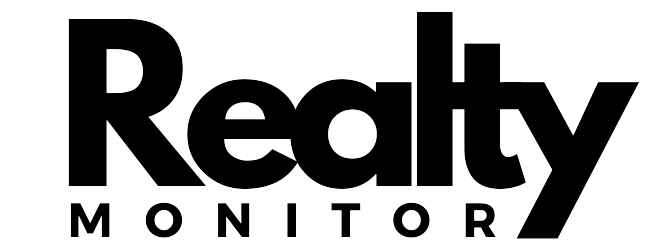The global real estate market is thriving, with a projected value of USD 5.82 billion by 2031. This translates to a steady growth rate of 5.20% over the next eight years, indicating a promising future for the industry. While there are some challenges to overcome, several key trends are driving this positive outlook.
Rental Rules the Roost
The current market leader is the rental segment. In 2021, it dominated with over half (53%) of the market share. This dominance can be attributed to the ever-increasing cost of property ownership worldwide. Renting has become a more accessible option for many, especially for young families and individuals. Realty Monitor, a leading industry source,expects this trend to continue, with the rental market poised for significant growth in the coming years.
Residential Real Estate in High Demand
Another major driver of the market is the residential property segment. The number of young families seeking their own space is on the rise, particularly in developing countries experiencing rapid urbanization. This surge in demand is creating significant opportunities for real estate developers who can cater to the need for quality housing and infrastructure in these regions.
Asia Pacific Takes the Lead
The Asia Pacific region currently holds the top spot in terms of market share. Countries like China and India, with their large populations and favorable government policies, are major contributors to this dominance. With increasing disposable income in these regions, real estate development and investment are expected to see even further growth.
PropTech Revolutionizes the Industry
Technology is also playing a transformative role in the real estate market. Realty Monitor highlights the growing adoption of Artificial Intelligence (AI) and the Internet of Things (IoT) in areas like property registration, document management, and rent payments. These innovations are streamlining processes and enhancing the customer experience,making the real estate market more efficient and user-friendly.
Challenges and Considerations
Despite the positive outlook, there are some hurdles to overcome. High capital requirements for land acquisition and property development can be a barrier to entry, limiting participation from smaller players. Additionally, the rising cost of construction further impacts affordability and may push more people towards the rental market.
A Bright Future Ahead
Realty Monitor expects rapid urbanization and the increasing number of nuclear families to continue driving the demand for quality housing and infrastructure globally. Investors and developers who can cater to these needs and leverage technological advancements are well-positioned to benefit in the coming years. The global real estate market offers a promising future for those who can adapt and innovate in this dynamic landscape.
Disclaimer: The content of this article is the opinion of the author and does not necessarily represent the views of any organization or institution.















